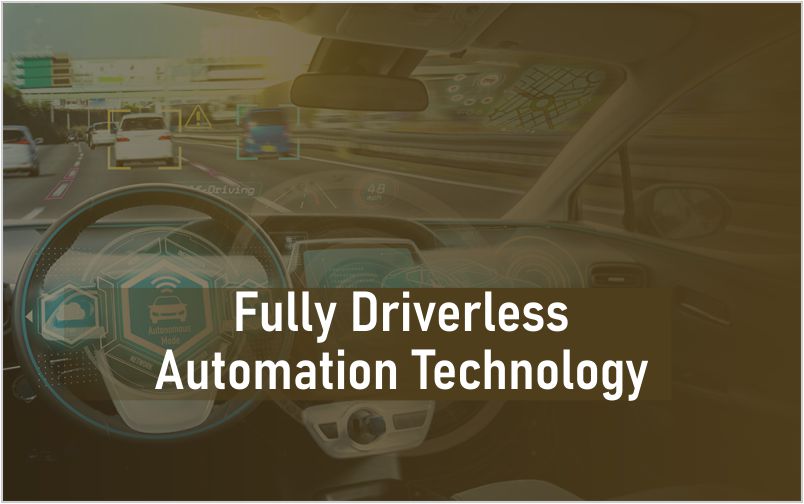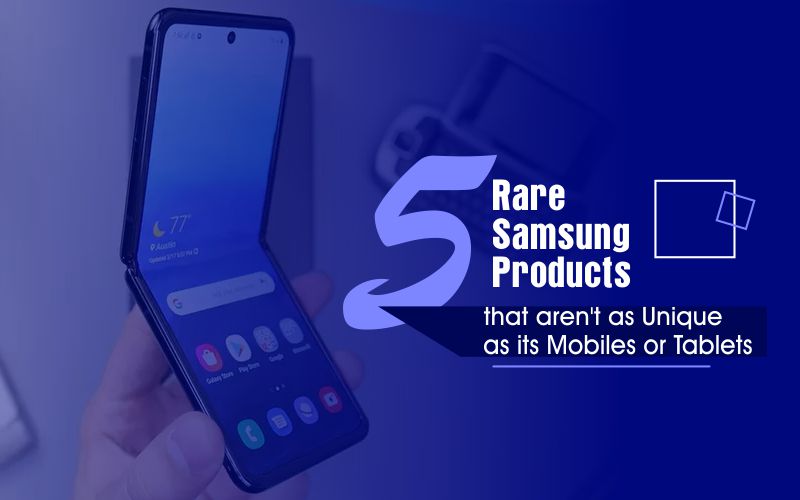What is the tech future of car design? Will technology revolutionize the manufacturing, mobility, mileage, and speed of cars? What will the future of car design look like?
Currently, we are in the middle of a technological revolution. The cars we have seen so far will soon cease to exist and will be overtaken by technology and AI. With that said, what will this mean for the way cars are designed and their physical structures? In this blog, we will learn about 6 trends that very much explain the tech future of car design. Before we proceed with the trends, let us analyze how technology is currently influencing the future of automobiles and manufacturing.
Influence of Tech in Car Design

Automakers are responsible for designing practical solutions for vehicles that effectively respond to current environmental and economic limitations. Manufacturers can tackle this from numerous angles. For instance, Hyundai is replacing microchips with software-based alternatives that are integrated into the vehicle’s software and user experience (UX) architecture.
However, design houses also hold critical responsibility for designing attractive vehicles that can respond to future social and economic pressures without compromise. Today, recent consumer shifts towards sustainability and ethical material resourcing are providing manufacturers unique opportunities to explore alternative approaches to otherwise conventional areas of vehicle development. Let us now see what latest trends have emerged that justify tech future of car design.
Tech in Car Design: The Trends

- Plug-In Electric/Diesel Hybrid

Currently, a combination plug-in electric and turbodiesel hybrid is a new concept. In fact, it was recently announced by both Volvo and Subaru for their forthcoming vehicles. It is sensible and sustainable, offering an electric option for local driving and an efficient diesel backup for longer trips.
In the upcoming years, advances in algae biodiesel and other advanced alternative fuels could make diesel driving the best option for legacy combustion engine vehicles. While most drives would not require the diesel backup, Link drivers can rest easy knowing that the fuel they use in those instances is clean and efficient compared to 88 octane gasoline.
- Panoramic Roof

A common element in recent concept car designs has been panoramic roofs, roofs with expanded sunroof panels or windows that expand onto the roofline. In recent years, glass technologies have evolved quickly. Driven largely by mobile phone and tablet computer demands, glass and high-impact plastics have been designed to handle heavy use, shocks and impacts without failing under the stress.
For instance, the panoramic roof will include state-of-the-art glass technology that will allow for extended visual access above the passenger cabin. Its support comes from the doors and a central column that expands into the center (translucent supports shield the car in case of a rollover). It is designed to be shatter-proof, much like Apple’s latest iPad, hence, it will absorb impact like any other body panel
- Regenerative Braking

Braking expends a lot of kinetic energy, as thousands of pounds in momentum are brought to a standing stop. In the past, engineers have discovered ways of harvesting this kinetic energy and storing it for reuse. This technology is called regenerative braking. It has been used in trains, pedal-assist bicycles and some cars for many years. Presently, only a few electric cars use this, including all Tesla models, but it has yet to be widely implemented.
- Voice-Activated Car OS

Recently, Apple revealed CarPlay for next-gen car operating systems that bring Siri to the automobile, providing a voice-activated speech-and-response system for controlling the car’s media and navigational environment. In the future, such systems will be designed to do more heavy lifting.
In the case of such technology, a driver will have verbal control of the vehicle for all non-basic functions. When driving, commands such as “hold speed at 55” will suffice for cruise control, “brights please” will activate high beams, and, in driverless mode, a passenger can speak an address and the car will navigate to that spot under its own control.
- Fully Driverless Automation Technology

Speaking of voice-controlled assistants for drivers, driverless technology seems to be the face of tech future of car design. This technology is indeed closer than most of us realize. In fact, many vehicles that are available today have drive-assist systems built-in.
Far beyond cruise control, some current commercially-available consumer vehicles can maintain set speeds, stay between highway lines and brake at the pace of other cars. In the future, such sensor arrays might be standard for the majority of new vehicles produces in the US. In the near future, driverless systems could be pure software technologies that use a hardware standard shared between manufacturers that grow and evolve by version just like today’s mobile operating systems.
- Heads-Up Display Windshield

Last but not the least to be regarded as the future of tech in car design are the heads-up-display windshield. The visual real estate on the interior of the windshield is a prime location for information display. With Heads-Up-Display (HUD) technology, a driver can see information about the car and the environment around them without taking their eyes off the road. Everything from speed to navigation to safety alerts can be shown on the windshield to inform the driver in the safest way possible.
This is not distant-future technology—there are systems in place today to provide such information. However, as vehicles become more automated to the point of being fully driverless, HUD technologies will become more useful.
Future of Tech in Car Design: The Conclusion

Innovation and creativity go hand-in-hand in the automobile manufacturing industry. With rapid and constant advancements, the tech future of car design seems to have been radicalized. Every year, a new technology comes out that rapidly advances our everyday vehicles of choice, adding new technology while improving the existing functions or revolutionizing the design. With that being said, what can we anticipate from future cars? Will they rapidly improve or have we perfected the design?











